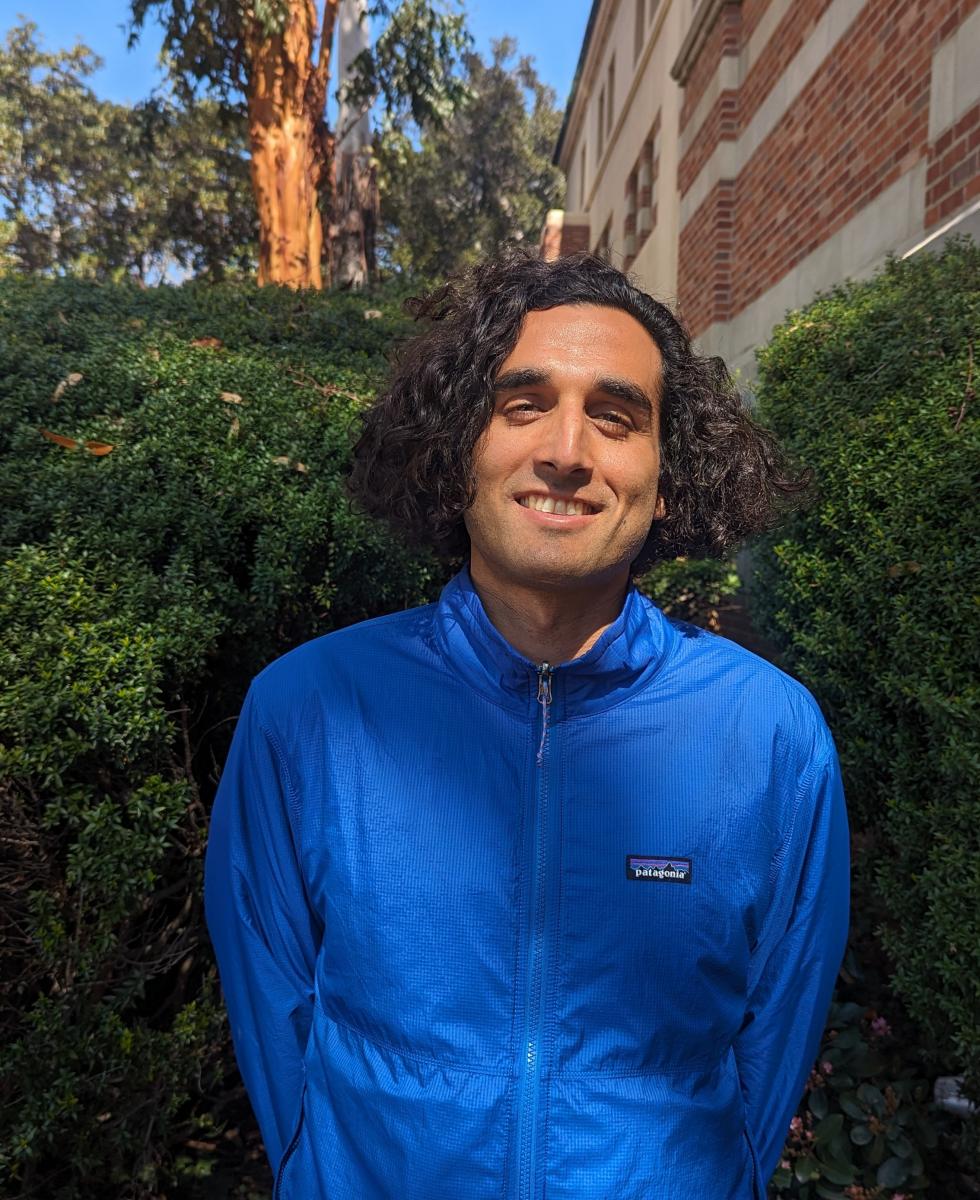Daniel Dauhajre
University of California Santa Barbara
Seminar Information
Engineering Building Unit 2 (EBU2)
Room 479
Seminar Recording Available: Please contact seminar coordinator, Jake Blair at (j1blair@ucsd.edu)

Oceanic submesoscale fronts — sharp horizontal gradients in density and velocity that extend much longer than they are wide — perpetually arise in the turbulent surface boundary layer with horizontal scales of 0.1-1 km. This talk reconciles competing views on how vertical mixing in the surface boundary layer controls the sharpening (frontogenesis) or weakening (frontolysis) of submesoscale fronts. This sharpening or weakening modulates frontal overturning circulations, which typically exhibit vertical velocities on the order of 100 meters per day and can regulate upper-ocean heat content, air-sea fluxes, biogeochemical cycling, and the dispersal of pollution and larvae.
Utilizing idealized simulations, we investigate the response of 2-D fronts initially in geostrophic balance to the introduction of vertical mixing over a range of initial frontal strengths and vertical mixing intensities. The simulations show that vertical mixing can induce either frontogenesis or frontolysis; one surprising result is that weak mixing favors frontogenesis, contrary to the prevailing understanding. We demonstrate that regime transitions are determined by the competition between frontal sharpening through cross-front buoyancy advection and frontal weakening by vertical buoyancy diffusion. Application of two scalings identifies practically equivalent controlling non-dimensional parameters that successfully map solution behavior. While these results can better inform the necessary parameterization of submesoscale fronts in global climate models, future work should interrogate the validity of our simplified model, which unrealistically assumes that the vertical mixing does not evolve.
Daniel Dauhajre is a physical oceanographer specializing in ocean modeling. His research explores the dynamics of turbulent ocean currents and waves across multiple scales as well as their interactions with biogeochemistry, kelp forests, and farms. He is currently an Assistant Professor in the Department of Geography and the Interdepartmental Graduate Program in Marine Science at the University of California, Santa Barbara. He received a B.S. in Biomedical Engineering from the University of Southern California and an M.S. and Ph.D. in Atmospheric and Oceanic Sciences from the University of California, Los Angeles.
